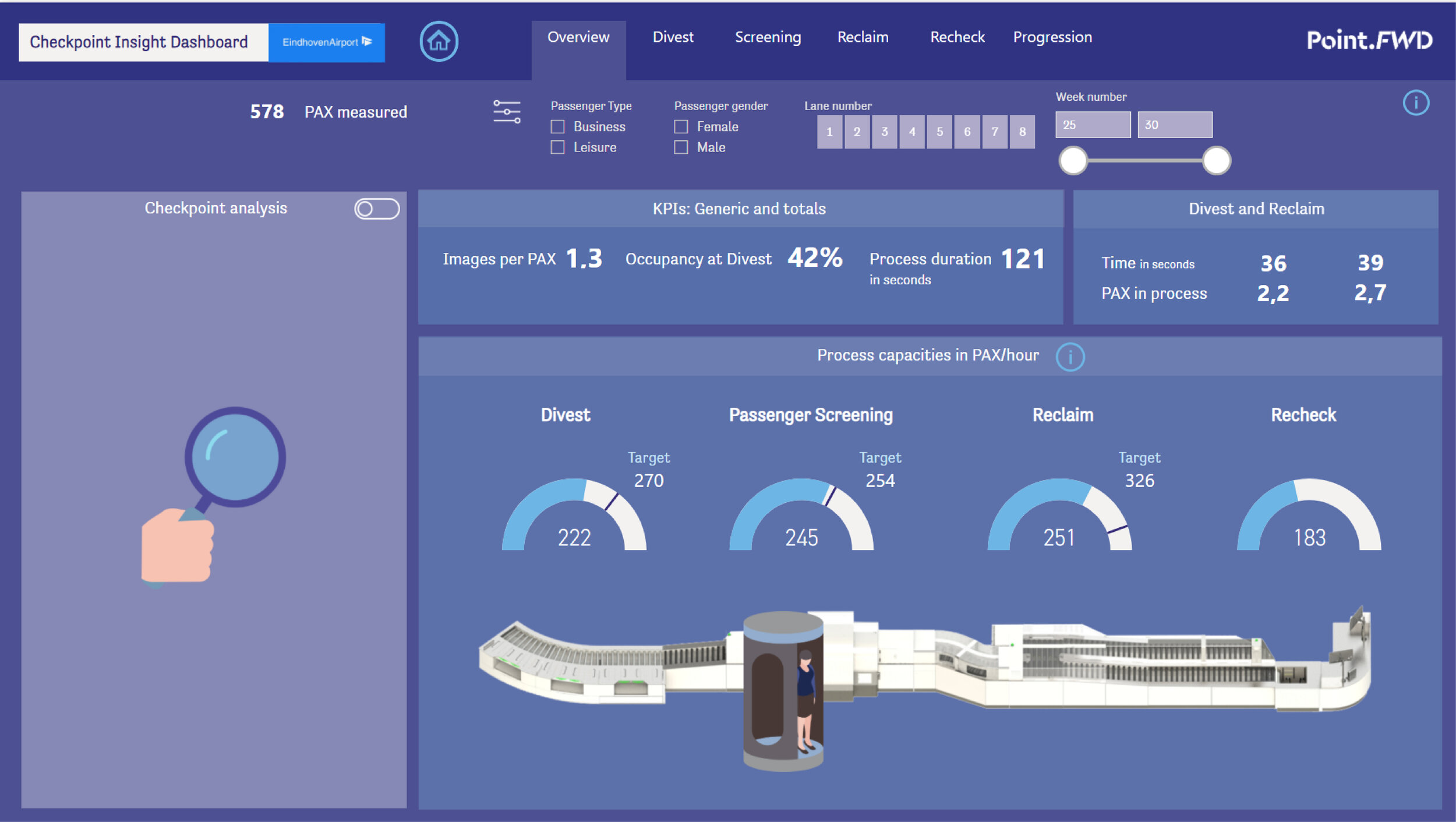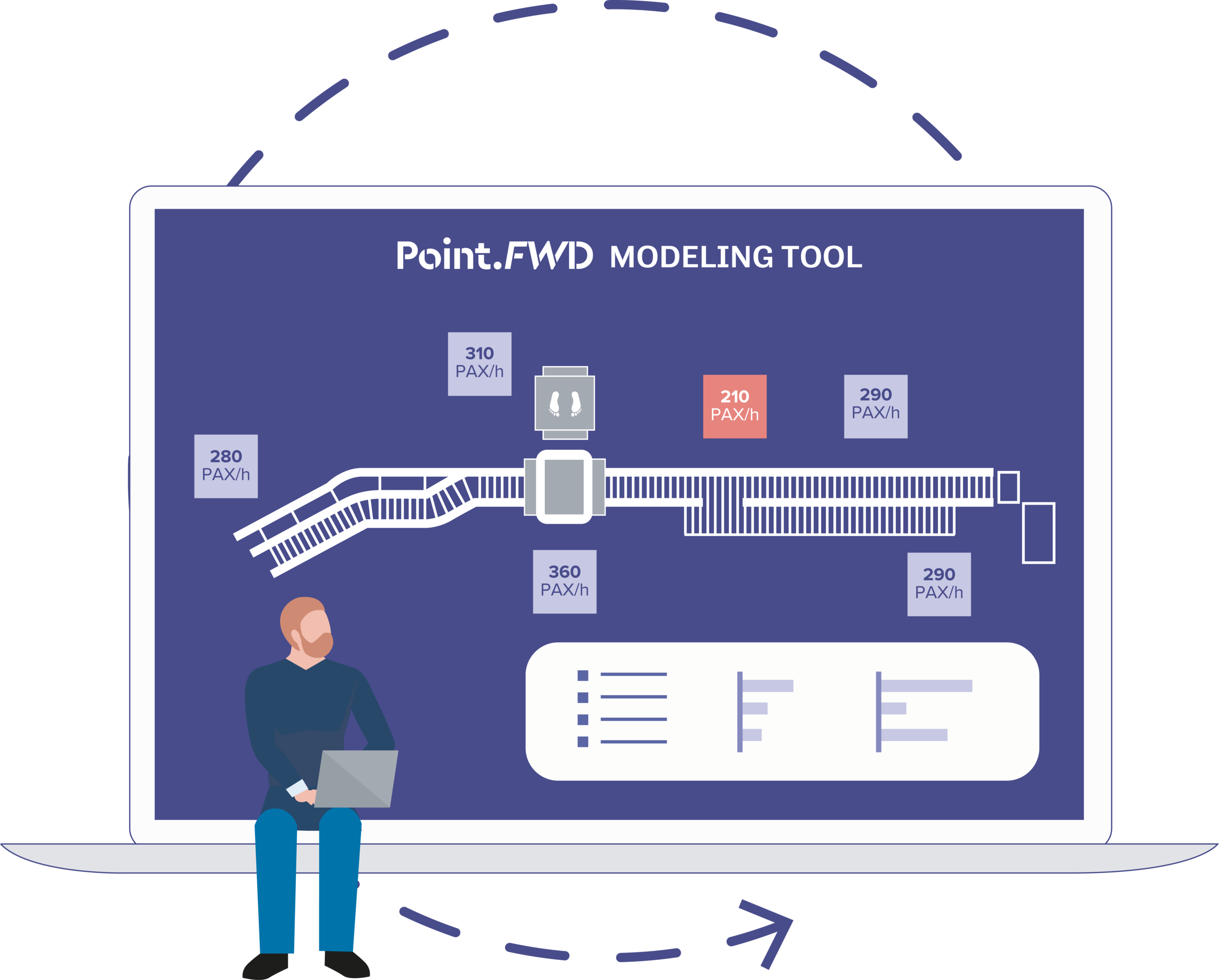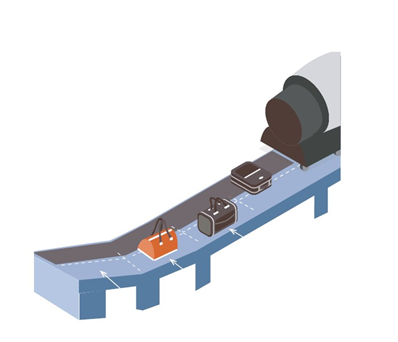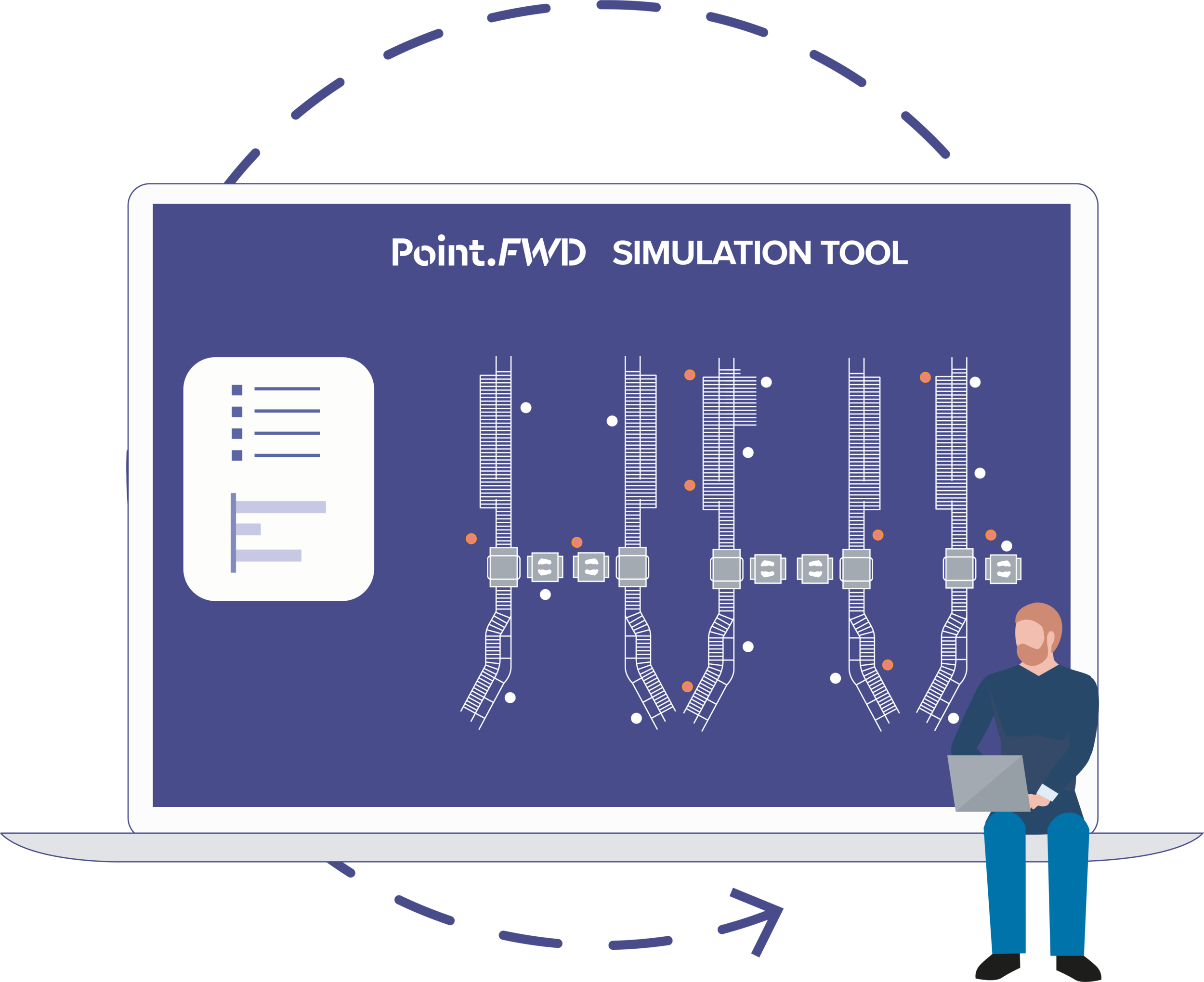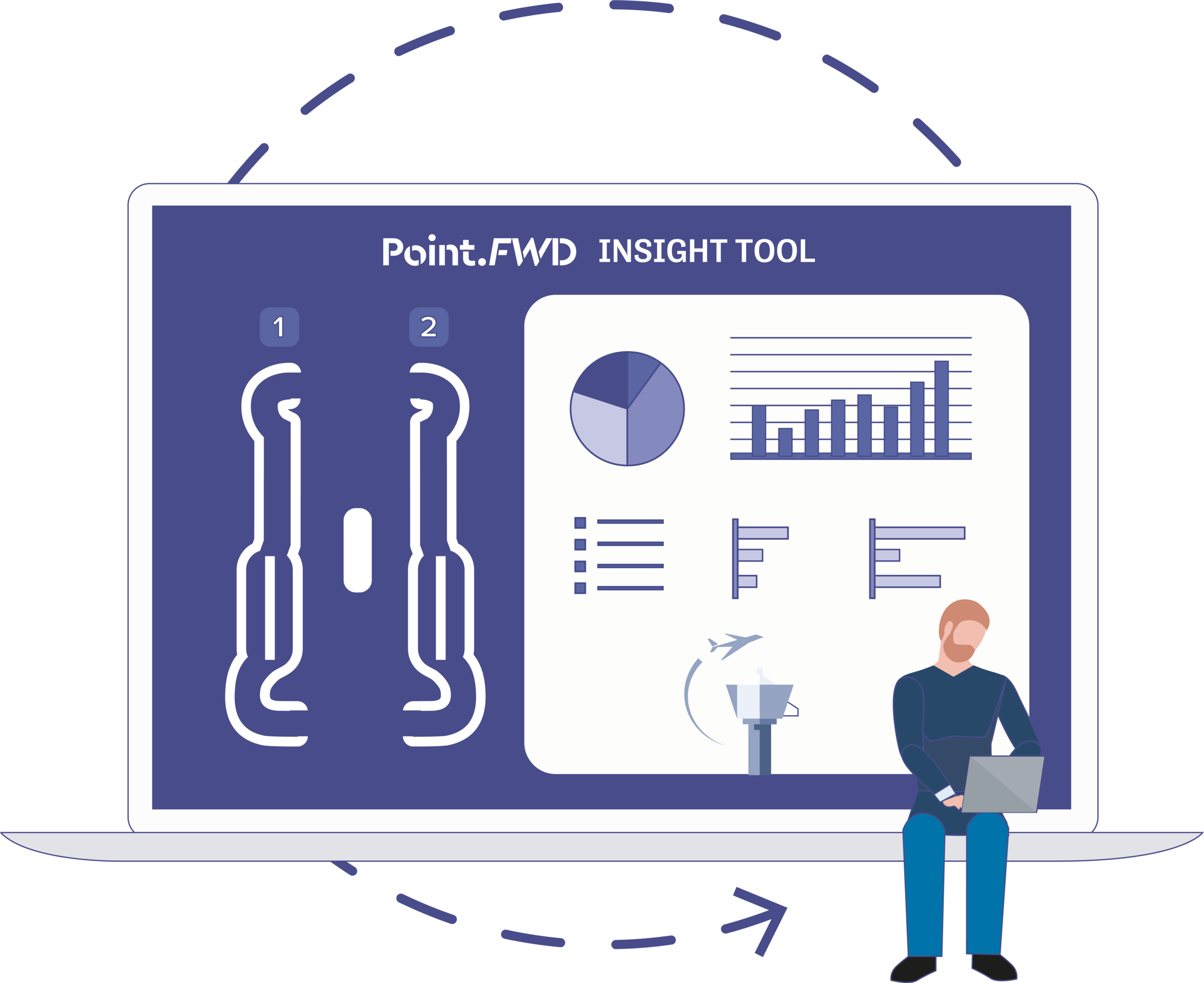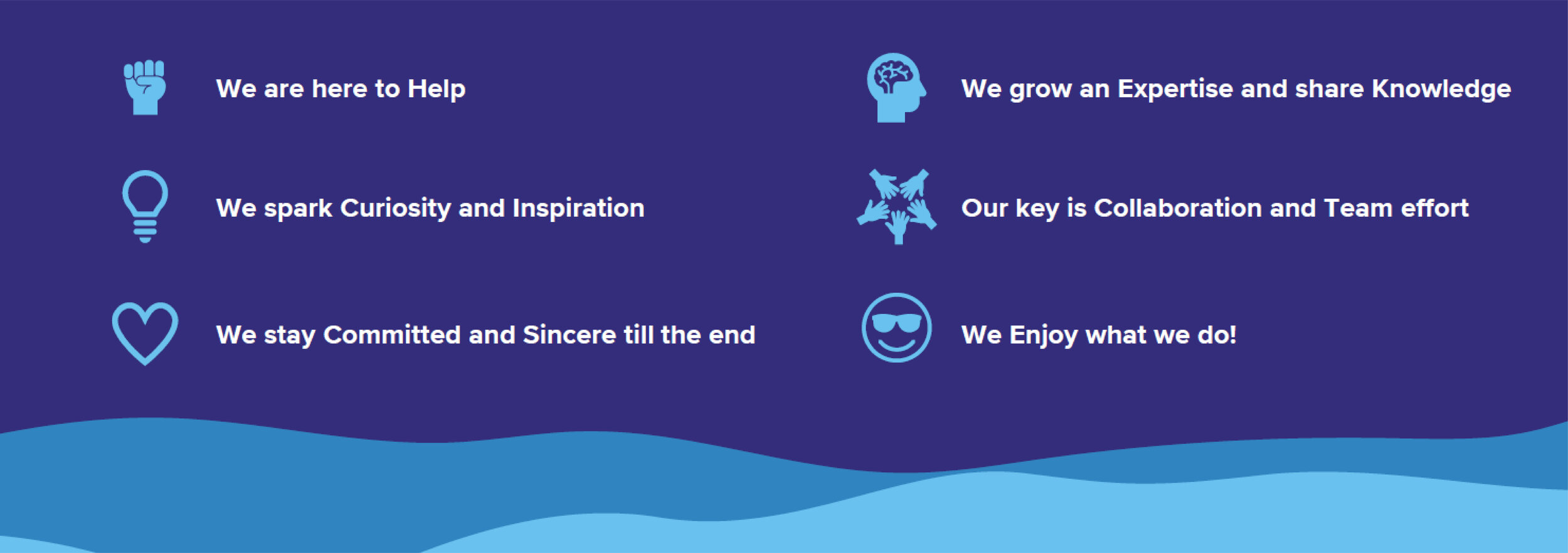There are various factors that affect the performance of security operators during the image analysis task. We discussed three of those factors in our previous blogs: Human perception, Checkpoint Environment and Legislation & CONOP. Yet, there is another important factor that cannot remain undiscussed: Operator Satisfaction.
A decent amount of research has concluded on the fact that a higher job satisfaction causes a higher motivation to do work, and therefore a higher job performance. We reached out to three AvSec field experts who shared their thoughts, being a valuable contribution in our discovery of the link between operator performance and operator satisfaction.
Brian Cilinder-Hansen
Security Process Manager
Sofie Eyckerman
Aviation Quality & Training Manager
Maykel Bloom
Security Coordinator
The most important aspects that influence operator satisfaction, according to the field experts, can be scaled under the following: work environment & equipment, training & coaching, and operator involvement & personal motivation.
Work environment and equipment
As mentioned in one of the previous blogs, there are various screening configurations which enable different screening environments for operators. How a certain environment impacts an operator is dependent on the operators themselves because every operator is different. Some operators might find an on-site environment distracting and can be more satisfied screening in a quieter remote location, while others work well with the checkpoint commotion as background noise. Regardless of what configuration is applied, the screening environment should not distract the operators from their responsibilities on image analysis. The field experts elaborated on this.
“With a comfortable
working environment and supportive equipment, the job should become easier which leads to a higher satisfaction and performance.”
Regarding operator satisfaction, Sofie Eyckerman (G4S) mentions, subtleties like a blinking screen or too bright lighting are all to be considered impactful. She adds: “Technical aspects are important as well. If, for example, the functionality buttons (of the image analysis user interface) don’t work properly or the image representation is not right, the screener will not be able to perform their analysis to the best of their capabilities. Which can be very frustrating.” This could cause a bottleneck that is not only frustrating for the operators, but for the airport as well given that their security performance depends on this.
Brian Cilinder-Hansen (CPH) mentions that Copenhagen Airport is currently working towards Centralized Image Processing (CIP) – also known as remote screening – which will allow for a pool of expert screeners. He explains: “It’s important to consider operator satisfaction in this process, because we should create an environment that works best for them, while at the same time ensuring that we meet all security standards. We must find the right screening environment for both CBS and HBS screeners here in CPH.”
Maastricht Aachen Airport recently upgraded their checkpoint from a single view system to dual view with EDS and re-check system. Maykel Bloom (PMT) gives some insight on the effect of providing operators with this new and upgraded equipment. They saw a significant increase in the satisfaction and performance of their operators. He explains: “With a comfortable working environment and supportive equipment, the job should become easier which leads to a higher satisfaction and performance.” Training and coaching methods allow operators to gain the knowledge and skills needed to use this equipment.
Training and coaching
“Sufficient training is a foundational condition for finding the confidence needed for this job.”
Before operators are allowed to perform image analysis in practice, they must be trained. As Sofie Eyckerman (G4S) says: “Sufficient training is a foundational condition for finding the confidence needed for this job”. But the definition of ‘sufficient’ can vary between operators. Maykel Bloom (PMT) gives the following example: “Recognizing items in an X-ray image can be very intuitive and logical for one person, while another person might need to physically see an item before being able to recognize it in an image. When operators discover what works for them specifically, this adds to their satisfaction.” Even though it would take some time, investing in a personalized training method could be beneficial for both the operators and the security company / airport. It could result in a more effective and time efficient learning curve.
In addition to initial training, the coaching and supporting of operators in the field is just as essential. Brian Cilinder-Hansen (CPH) says: “At the Security checkpoint in CPH on-the-job training by colleagues is an integral part of our education and daily training. Our experience shows that being trained by your peers create a safe space, where the employees trust each other and dare to ask questions. This is a great way to learn and an invaluable part of improving operator performance.” Even though operators have had sufficient training and gained the right skills for the job, knowing that someone is around to help when needed can be comforting.
For operators to feel satisfied in their job, it’s important that they’re comfortable and confident in their capabilities as a screener. Matching operators with the right training and coaching methods should increase the motivation to keep improving their performance and learning curve. This leads to the last subject, operator involvement & personal motivation.
Operator involvement and personal motivation
“We can all have a bad day, if we experience problems at home or a colleague at work says something that affects us mentally.
”
Humans in general have an intrinsic need to belong. Responding to this need by involving operators in optimization and development processes, could contribute to higher operator satisfaction. Yet, the complexity of the manner in which operators are involved in these processes, can be quite delicate. Sofie Eyckerman (G4S) elaborates: “It’s very easy to ask them [operators] questions and think that they now feel involved, but if you don’t show them what you do with their answers and they don’t get feedback in some way, the effect can be the exact opposite.” A balance should be found herein, for operators to be satisfied about this involvement.
The last, but certainly not least, aspect that influences operator satisfaction according to the field experts is the personal motivation of an operator. Motivation can vary from day to day, and that’s okay. “We can all have a bad day, if we experience problems at home or a colleague at work says something that affects us mentally”, Brian Cilinder-Hansen (CPH) says. That is something that cannot be managed - it’s only human. What can be managed is a fitting shift planning with sufficient breaks and an open environment where operators feel like they have someone to talk to. An open atmosphere that inspires growth: operators that are willing to grow, that embrace their responsibilities and find joy in their work; those are the operators with the best odds to find satisfaction in their job.
We would like to thank Brian Cilinder-Hansen, Sofie Eyckerman and Maykel Bloom again for their openness and personal insight into their vision on operator satisfaction and their valuable contribution to our discovery of the link between operator satisfaction and operator performance.
Human Factor and Screener Performance assessments at Point FWD
Explore what Point FWD has to offer in terms of Human Factor and Screener Performance assessments.














